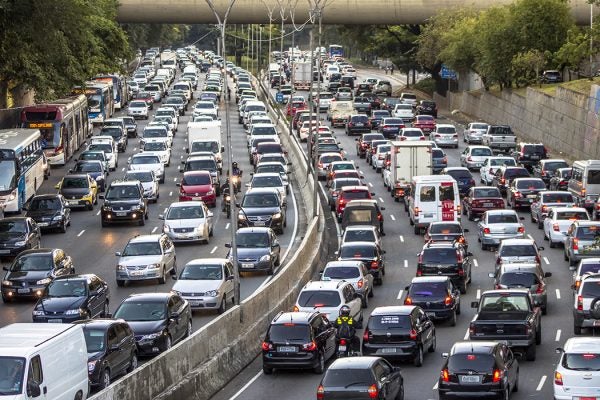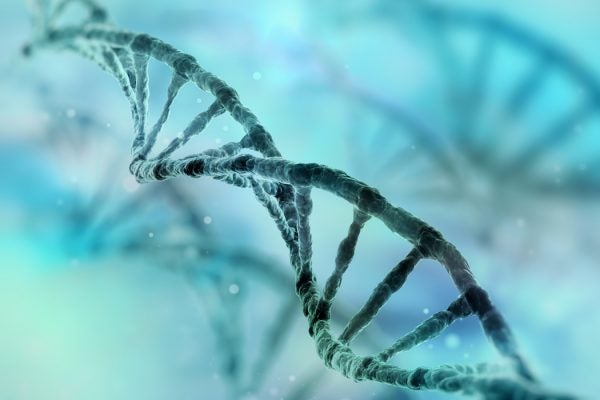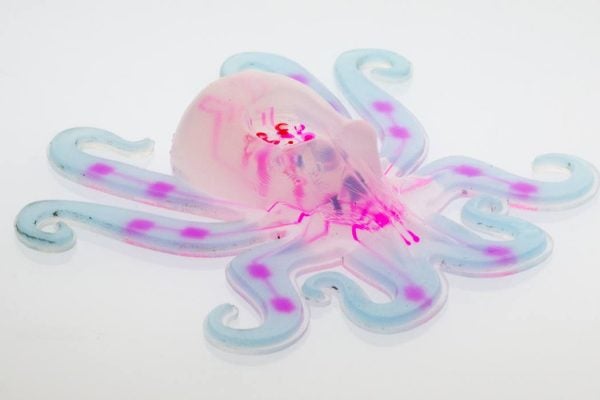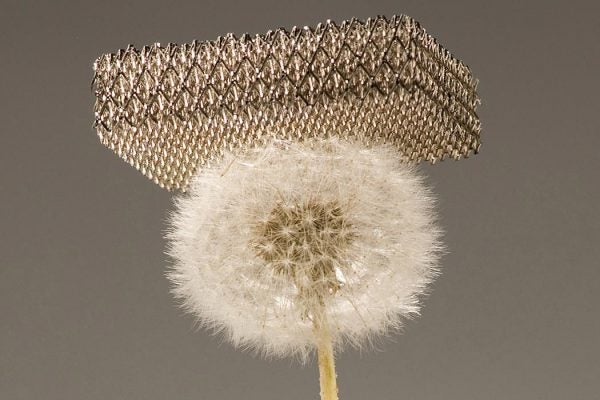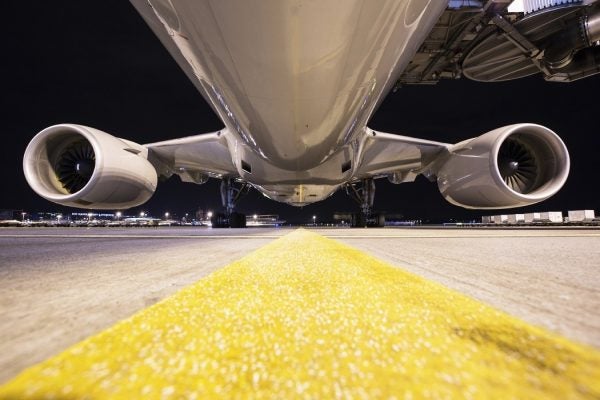The Earliest Stars
Astronomers who noticed a slight blip in space's background radiation got an insight not just into the early stars but into the age and nature of the early universe.
The Science of Traffic
Traffic congestion has been a problem in the United States ever since the 1930s, and since that time, scientists have been studying on the problem.
Using DNA As a Memory Drive
Scientists have successfully encoded a simple movie in bacteria DNA, and played it back. Using DNA for data storage is not as crazy as it sounds...
What’s a Kilogram?
At the end of the nineteenth century, the kilogram was conceived as the mass of one liter of water at 4°C, the temperature at which water was densest.
The Soft Robot Revolution
Science fiction has accustomed us to metallic, humanoid robots, but there are better models out there.
What Did Manhattan Look Like in 1609?
The Welikia Project recreates a lost vision of Manhattan, one composed of marshes and forest surrounded by wide, meandering rivers.
Before Flint: How Ancient Civilizations Maintained Their Drinking Water
Ancient civilizations utilized various creative strategies to supply their populations with usable and drinkable water.
The Art of Observing Weather on Distant Planets
Exoplanetary meteorology enables scientists to determine weather patterns on planets too far for direct observation.
Microlattice: The World’s Lightest Metal
Boeing has developed a metal microlattice, a strong material mostly composed of air.
Fly the Friendly Skies in a Grease Powered Jet
A United Airlines jet is the first to take off using only fuels made from discarded fat.

